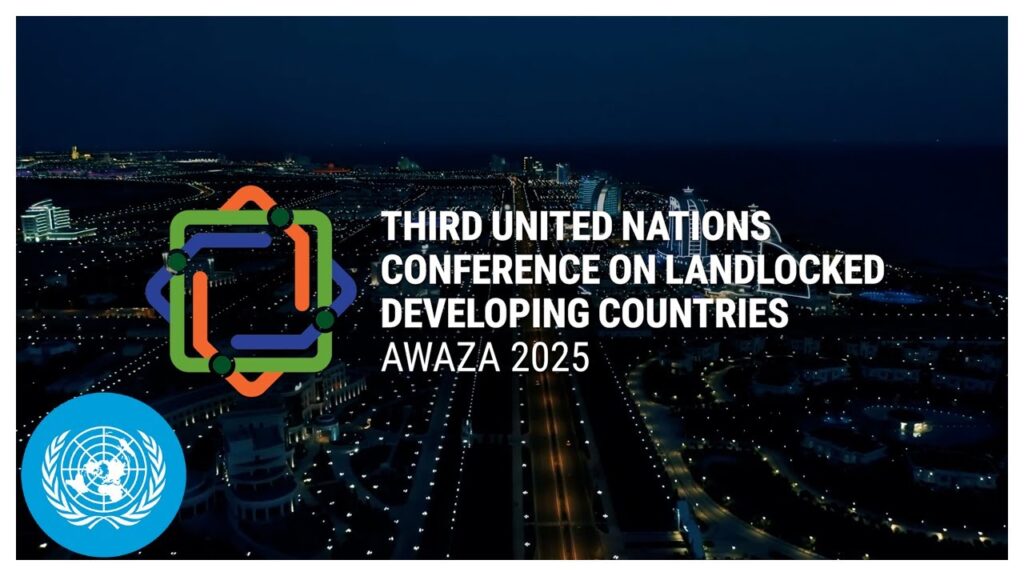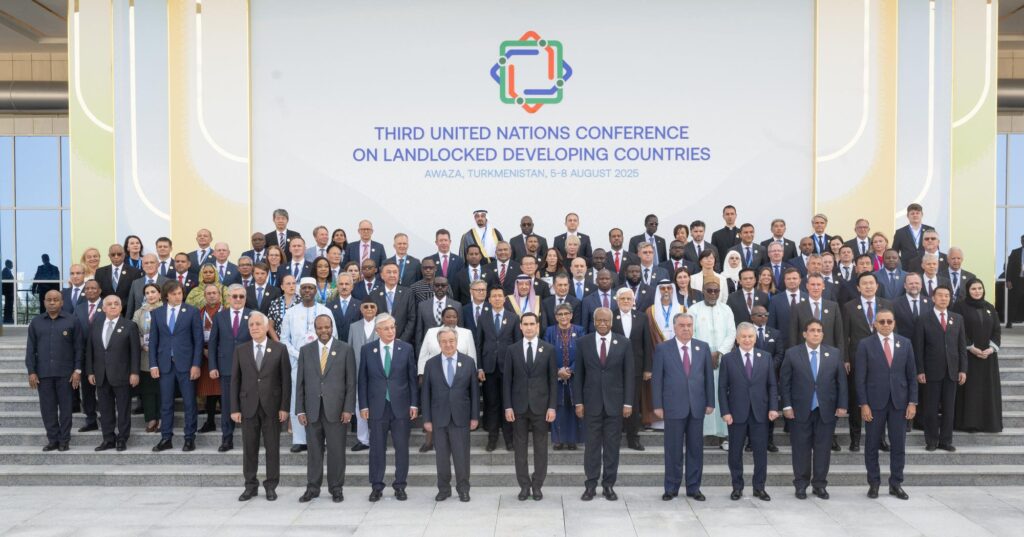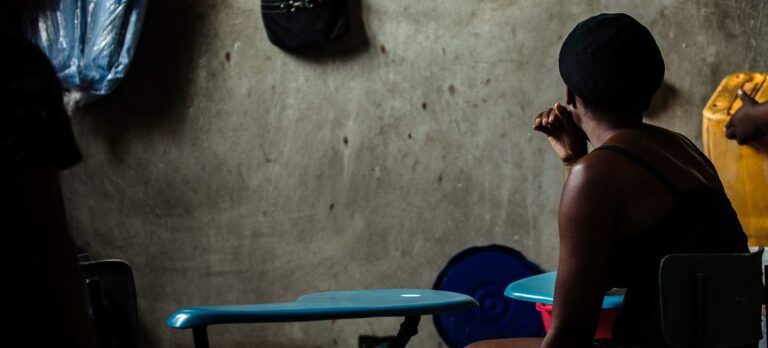
Far from any coastline, in the desert city of Awaza, Turkmenistan, the UN grappling with the challenges facing its most geographically disadvantaged nations. The UN conference aims to unlock the potential of the world’s landlocked nations (LLDCs).
Landlocked Developing Countries (LLDCs)
Landlocked Developing Countries (LLDCs), lacking direct sea access, face hurdles in trade, connectivity, and development. Without coastal ports, they rely on transit nations, causing higher trade costs and delays. Landlocked Developing Countries (LLDCs) face isolation, high trade costs, and market access barriers hindering development.
Despite challenges, LLDCs host vibrant communities with untapped potential.

These are the countries classified as Landlocked Developing Countries: Afghanistan, Armenia, Azerbaijan, Bhutan, Plurinational State of Bolivia, Botswana, Burkina Faso, Burundi, Central African Republic, Chad, Eswatini, Ethiopia, Kazakhstan, Kyrgyzstan, Lao PDR, Lesotho, Malawi, Mali, Mongolia, Nepal, Niger, North Macedonia, Paraguay, Republic of Moldova, Rwanda, South Sudan, Tajikistan, Turkmenistan, Uganda, Uzbekistan, Zambia, and Zimbabwe.
The Third UN LLDCs Conference seeks solutions and partnerships to overcome challenges and unlock equitable, prosperous futures.
Key Themes of the Conference on LLDCs
The Third United Nations Conference on Landlocked Developing Countries (LLDCs) opened on Aug 5,2025 in Awaza, Turkmenistan, bringing together global leaders, policymakers, and stakeholders under the theme “Driving Progress through Partnerships”.
This landmark event addresses challenges of 32 landlocked developing countries, home to over 600 million people worldwide. It seeks to accelerate sustainable development through enhanced cooperation, trade facilitation, and infrastructure investment.
- High-Level Roundtables: Five thematic discussions on trade, infrastructure, climate resilience, and financing.
- Multistakeholder Forums: Youth, Women Leaders, Private Sector, and Parliamentarian tracks to amplify diverse voices.
- Special Initiatives: Launch of the LLDC Global Business Network and South-South Cooperation Ministerial Meeting.
Expected Outcomes and Goals
The Awaza Programme of Action (2024–2034) was adopted to boost resilience and development for 32 landlocked developing nations. It emphasizes domestic revenue capacity while concentrating on trade facilitation, structural transformation, connectivity, technology, climate resilience, and mobilizing international support. FDI in LLDCs continues to decrease, and the conference did not report any immediate commitments despite calls for increased and creative funding.
The Awaza Declaration urges inclusion of LLDC needs in trade, climate agendas, and stronger ties with transit nations. It calls for investment in digital services, e-commerce, modern customs, resilient infrastructure, and coordinated transport corridors for LLDCs.
All things considered, the occasion strengthened cooperation, alliances, and focused investments to tackle LLDC issues with the goal of inclusive growth and long-term advancement.
Conference Expectations on LLDCs
The LLDCs conference sought to accelerate structural transformation and economic diversification by fostering investments in value-added industries, innovation, and digital connectivity. It aimed to strengthen trade, transit, and regional links by addressing logistical bottlenecks, harmonizing standards, and investing in resilient infrastructure with transit countries. Discussions on finance focused on scaling up concessional finance, reforming debt architecture, mobilizing private capital, and enhancing global tax cooperation.
The event also emphasized reforming international financial governance to better reflect LLDC needs and realities. Overall, it served as a platform to galvanize partnerships, policy reforms, and innovative solutions to overcome geographical isolation and drive sustainable growth.
Awaza envisions a more connected world despite being landlocked. The real test at the end of the UN Conference will be whether or not countries will keep their commitments. To realize LLDCs’ potential, a cooperative approach must remove trade barriers and fill critical infrastructure gaps. This approach should strengthen climate resilience, making development inclusive, adaptable, and able to face future challenges. Only then can we create a prosperous, sustainable future where no landlocked country is left behind globally.
For more such informative articles stay tuned at The World Times.



